Bone Grafting – Baltimore, MA
Getting You Ready for Dental Implants
Bone loss occurs in the jawbone when one or more teeth are missing as a result of trauma, decay, or injury. The jawbone depends on stimulation from the teeth and roots and will deteriorate without this stimulation. Over time, the bone can shrink to a point where bone mass is insufficient for placing dental implants. If you are having implants placed, bone grafting may first be necessary to build up enough bone to support your new teeth.
Why Choose Harbor Periodontics for Bone Grafting?
-
All Surgeries are
Computer Guided - Dental Insurance Accepted
- Garage Parking Available
What is Bone Grafting?
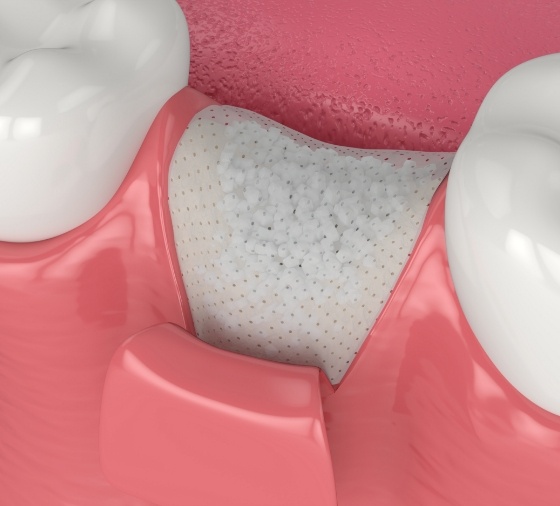
Bone grafting is a procedure that replaces or augments deteriorated bone. There are three types of bone grafts: autogenous grafts, allografts, and xenografts.
Autogenous Grafts
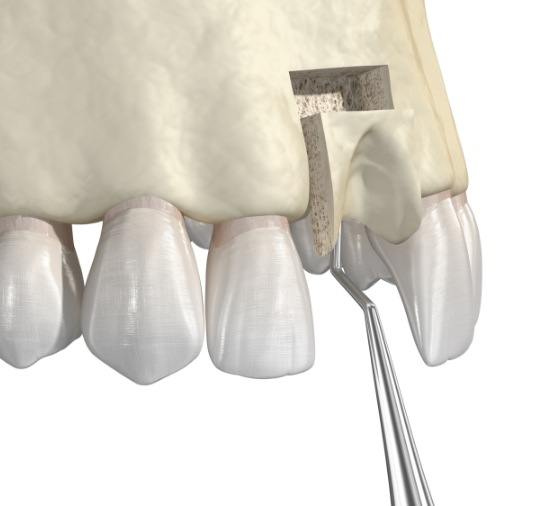
Autogenous grafts use bone that is surgically removed from another area of the patient’s body and transplanted to the site in need of restoration. The supplemental bone is generally taken from non-essential bones like the chin. The benefit of autogenous grafts is that because the patient’s own tissue is used, the transplanted bone is natural to a patient, reducing the risk of rejection and infection. Also, the transplanted bone is still “alive,” meaning there is still active cellular material.
Allografts
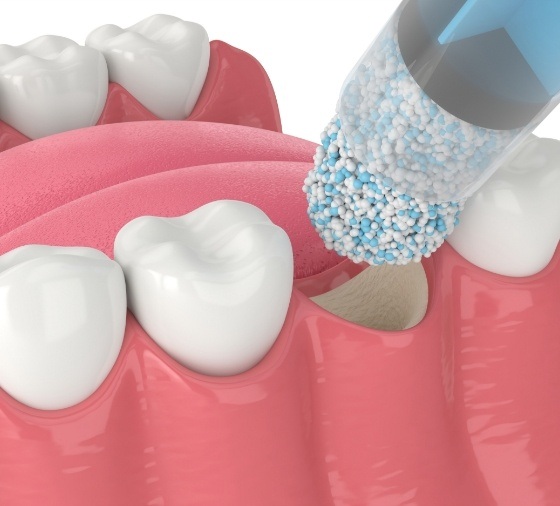
Allografts use human bone from an outside source not from the patient. The transplanted bone is harvested from cadavers whose bones have been donated. Allograft material is carefully screened to ensure the viability and safety of the tissue.
Xenografts
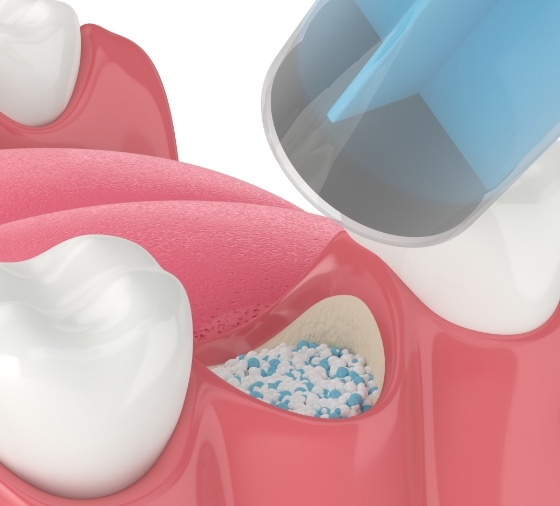
Xenografts also use bone from an outside source; however, the source is non-human. Xenografts generally use bovine (cow) tissue. Allografts and xenografts are often preferred to autogenous grafts because they do not require a second surgical site for harvesting bone. Also, the use of an outside source ensures that there is enough harvestable tissue available to fully augment the deteriorated bone.
Bone Grafting Procedure
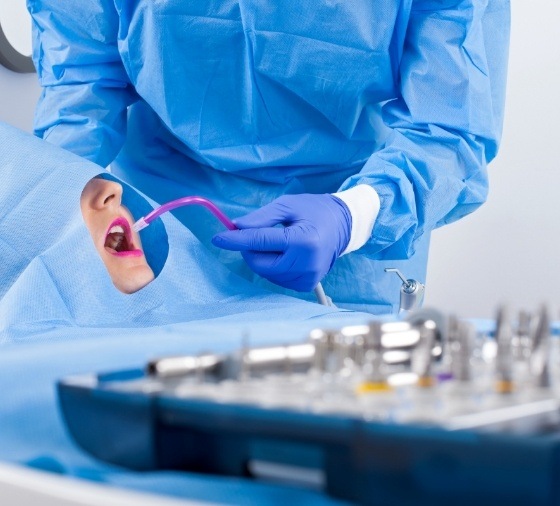
At the beginning of the procedure, local anesthesia is administered to numb the harvest (in autogenous procedures) and transplant sites. The dentist makes an incision in the gums to view the area in need of augmentation. This helps determine the amount of bone that should be harvested.
If autogenous grafting has been selected, the dentist will make a second incision in the gums below the lower front teeth to expose the chin bone, which is the harvesting site. A portion of the bone, as determined by the amount of tissue required for augmentation, will be removed along with any bone marrow. The removal site is then closed with sutures.
The harvested bone, whether from the patient or an outside source, is then attached to the deteriorated bone with small titanium screws. The dentist may place a mixture of bone marrow and grafting material around the bone to assist and expedite healing. Once the new tissue is applied, the transplant incision is closed with sutures.
Post-operative antibiotics and pain medication are generally prescribed, and the patient is asked to follow a soft foods diet. The graft will take anywhere from six to nine months to heal, and dental implants can only be placed once the graft is completely healed.

